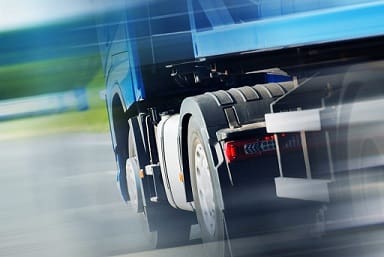Achilles have announced that they are launching new levels within their portals. These new levels enable you to provide more information that can be verified by an assessor to show the competency of your company.
This is falling in line with the likes of Constructionline and CHAS who already have this in place with the launch of their new levels during 2017.
The new levels fall under the criteria below:
- Standard – PAS91 Questions, SSIP Questions & Assessment
- Advanced (annual turnover <£250,000) – PAS91 Questions, Additional Building Confidence Questions, SSIP Questions & Assessment.
- Advanced + Desktop Audit (annual turnover £250,000 – £2 million) – PAS91 Questions, Additional Building Confidence Questions, SSIP Questions & Assessment.
Prices for membership payable to Achilles are:
- Standard – £200 + VAT
- Advanced (annual turnover <£250,000) – £575 + VAT
- Advanced + Desktop Audit (annual turnover £250,000 – £2 million) – £650 + vat
If you need any help with the additional information please get in touch as we already have the documentation available to help you with the additional questions.
















